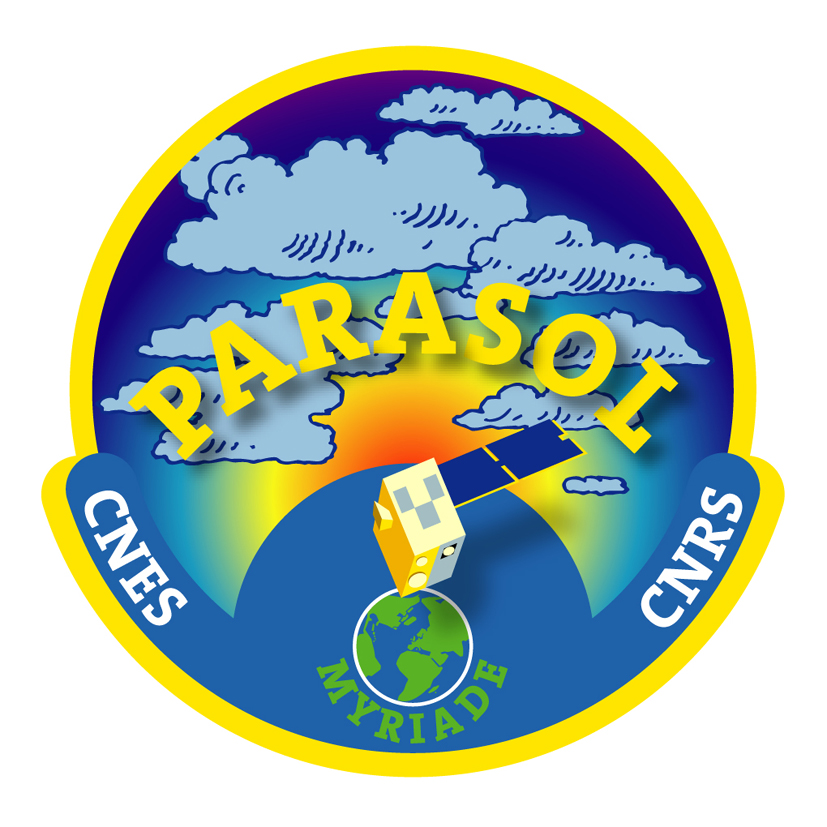PARASOL descend du Train / PARASOL gets off the Train
Après presque 5 ans de mesures simultanées avec les satellites de l’A-Train, le microsatellite PARASOL a quitté sa position au sein de la constellation à 12:48 TU, le 2 décembre 2009. La manoeuvre d’abaissement d’orbite réalisée par les équipes opérationnelles du CNES a permis d’atteindre une orbite à 3.9 km sous l’A-Train. PARASOL avait rejoint la constellation A-Train début février 2005. Depuis plusieurs mois déjà, la trace au sol de PARASOL dérivait lentement vers l’Est par rapport à celle des autres satellites de l’A-train car les réserves en carburant disponibles n’avaient pas permis de suivre les dernières manoeuvres d’inclinaison de la constellation A-train réalisées au printemps 2009. Cependant les mesures étaient encore en phase avec celles des autres capteurs. Sur la nouvelle orbite atteinte par PARASOL, cette quasi-simultanéité des mesures ne se reproduira désormais qu’à intervalles réguliers et pendant une durée limitée à quelques jours. Le CNES a décidé de positionner PARASOL un peu en dessous du A-train pour minimiser les risques en cas de défaillance du satellite et garantir ainsi la sécurité des autres satellites de la constellation. En effet, initialement prévu pour 2 ans, PARASOL atteindra ses 5 ans de mission nominale en mars 2010. PARASOL fêtera donc en solitaire son cinquième anniversaire en orbite le 18 décembre prochain mais poursuit néanmoins normalement sa mission d’observation des nuages et des aérosols.
After collecting observations synchronous with the other satellites from the A-Train for almost 5 years, PARASOL was moved to a lower orbit (3.9 km beneath) at 12:48 UT on December 2, 2009. The maneuver was performed by the CNES flight operations teams. The microsatellite PARASOL had joined the A-Train constellation in early February 2005. PARASOL orbit tracks have been slowly drifting eastward these past few months, due to insufficient fuel supplies that prevented PARASOL to be part of the last inclination maneuver performed by the other A-Train satellites in Spring 2009. However, observations were still in phase with the other sensors. On the new orbit, observations from PARASOL will no longer be simultaneous with the other sensors, except for only a few days at regular intervals. CNES’s decision to position PARASOL to a lower orbit was motivated by safety reasons to minimize the risk of collision, should PARASOL begin to fail. While the expected duration of the PARASOL mission was 2 years, it will reach 5 years in March 2010. On December 18, 2009, PARASOL will celebrate its 5th anniversary in orbit, alone, yet pursuing its mission of observation of clouds and aerosols.








